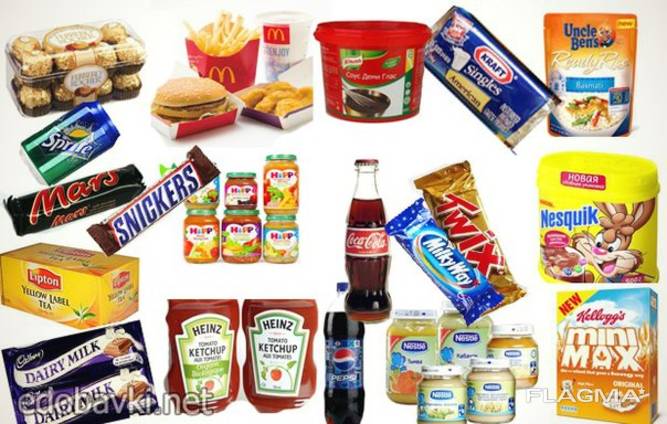Understanding The Psychology Food Pricing And Buyer Behavior
페이지 정보

본문
The psychological dynamics behind food pricing and buyer behavior is a complex issue that encompasses marketing strategies, consumer preferences, and emotional decision-making. When it comes to food shopping, consumers are often influenced by the price of an item, but they are also affected by their emotions, habits, and past experiences.
One of the effective approaches that retailers use to influence consumer behavior is price anchoring. This requires placing an expensive item next to a cheaper one, creating the appearance that the cheaper item is a good deal. For example, a store might display a high-end brand of coffee next to a more affordable store-brand coffee. The hope is that the consumer will see the store-brand coffee as a more affordable option and make a purchase.
Another strategy used by retailers is bundling, where multiple items are sold together at a discounted price. This can create the perception that consumers are saving money, even if they don't need all of the items. For instance, a store might sell a combo pack of pasta, sauce, and cheese together at a discounted price. The consumer might not need all of these items, but the perceived savings can make them more likely to make a purchase.
Loss aversion is also a pivotal psychological factor that shapes buyer behavior. When consumers are faced with the probability of losing something they value, such as a discount or a sale price, they become more likely to make a purchase. This is why stores often use promotions like "buy one get one free" or "clearance sales." These promotions create a sense of urgency, making consumers more likely to act on impulse.
Emotional connections also play a significant role in buyer behavior. Consumers often form emotional bonds with certain products, brands, or experiences. For example, a consumer might have fond memories of eating at a particular restaurant or buying a certain type of ice cream. These emotional connections can make consumers more willing to pay a additional cost for a product or service.
Sensory marketing is another strategy used by retailers to control consumer behavior. This involves using visual, auditory, and sensory cues to create an invigorating shopping experience. For example, a store might use the scent of freshly baked bread to create a welcoming atmosphere, or they might play soothing music to create a relaxing environment. These sensory cues can make consumers more likely to linger in the store, explore different products, and make a purchase.
Finally, consumer loyalty programs play a major role in impacting buyer behavior. These programs often offer rewards, discounts, or exclusive benefits to loyal customers. By creating a sense of identification, retailers can encourage consumers to make repeat purchases and become loyal advocates for the brand.
In conclusion, the psychology behind food pricing and buyer behavior is a difficult issue that involves multiple psychological factors. By comprehending these factors, retailers can develop effective marketing strategies that control consumer behavior and drive sales. Whether it's through price anchoring, bundling, loss aversion, emotional connections, sensory marketing, or consumer loyalty programs, retailers have a range of tools at their disposal to shape consumer behavior оптовая база спб and drive business success.

- 이전글Advice For Artists Opening Tattoo Shops 25.05.20
- 다음글I didn’t imagine that my entire world could fall apart so quickly. I once had everything — a job, someone who loved me, and a bright future. But all of it vanished. I hit rock bottom, until I found **[FreeCredit365](https://your-link.com)** — and ev 25.05.20
댓글목록
등록된 댓글이 없습니다.